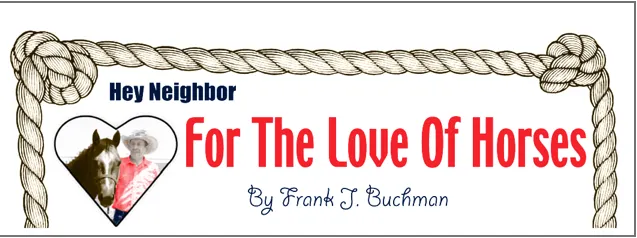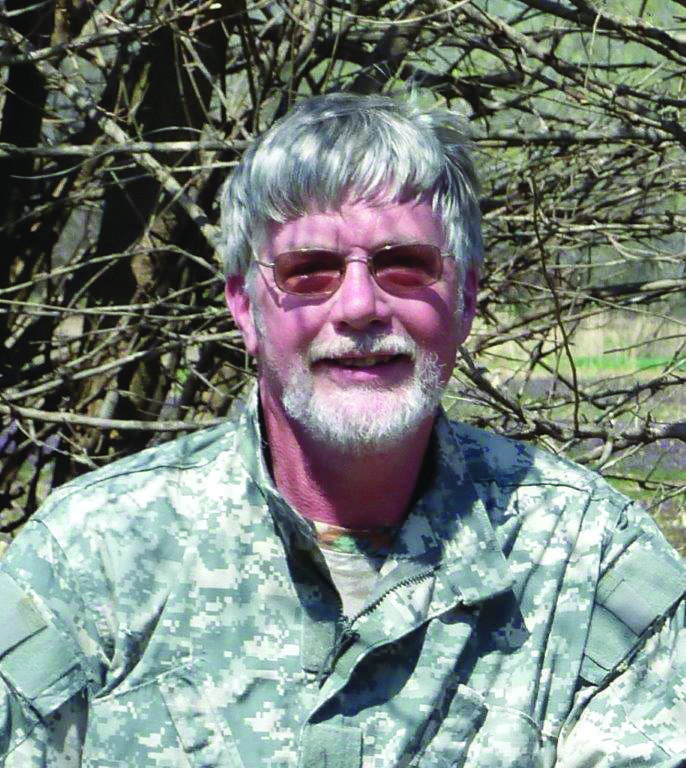Welfare for the population of wild horses in Nevada was heavily debated recently in Elko, Nevada.
State Senator Ira Hansen was challenged by Scott Beckstead, director of Animal Wellness Action and Center for Humane Economy.
They debated whether federal management has been successful in its efforts to curb wild horse and burro populations on Bureau of Land Management (BLM)-controlled land.
Critics claim helicopter roundups and lack of water are hardships for the wild horse population.
The debate came after 31 horses died in a roundup this summer and a ruling by U.S. District Judge allowed federal authorities to continue gathering mustangs in Nevada over the objections of animal advocacy groups that called the method inhumane and illegal.
Outcry against using helicopters for roundups began after witnesses reported seeing horses die from broken necks and one stallion euthanized after its rear leg was injured.
U.S. Representative Dina Titus from Nevada is backing legislation in Congress to outlaw the use of helicopters in wild horse roundups.
“I don’t want to be painted that somehow because I believe that we need some serious management of the feral horses on the Nevada ranges that I hate horses. Nothing could be farther from the truth,” Hansen said.
He explained the issue began with the Wild and Free-Roaming Horse and Burro Act of 1971 that created laws to manage, protect, and study unbranded horses and burros on public lands.
“That law required the BLM manage the horse herds in the areas where they were in 1971. They were to be managed in such a way that they would have a thriving, natural, ecological balance,” Hansen said.
He noted it had been modified twice in 1976 and 1978. First with the Federal Land Policy Management Act that allows the federal government to use helicopters and motorized vehicles to round up horses.
Then again with the Public Range Lands Improvement Act that required appropriate management levels (AML).
Hansen said Nevada’s lowest population is set at 7,000 horses and the highest level is 14,000 horses.
He pointed to the original 1971 act stipulating the Secretary of the Interior was required to “immediately remove horses and get the populations back to the appropriate management level” in horse management areas.
Photographs were used to illustrate wild horses with their ribs visible through their skin, small watering holes with at least one dead feral lying next to another, and barren landscape.
“All the pictures I’m going to show in every single case there have been no other livestock on these allotments, on these herd management areas, for at least 15 to 20 years,” Hansen said. “All the ecological damage was caused by horses.
“Mr. Beckstead and his position claim that we have no need to get involved in it because the horses will naturally regulate their populations,” Hansen said.
However, a National Academy of Sciences study showed that horse population growth “would probably double every four years.”
Hansen proposed that removing animals would promote healthy animals, improve range health, and balance between uses.
Beckstead, who lives in Sutherlin, Oregon, is a law professor at Willamette University. He disputed Hansen’s claims of ecological catastrophe and cited mass BLM public disinformation to justify inhumane helicopter roundups of wild horse and burros.
Horses originated and evolved in North America more than 50 million years ago, with fossil records dating horses on the continent 5,700 years ago, according to Beckstead.
“Sheep and cattle are invasive,” Beckstead said. “Horses evolved here, they originated here, they are native. That is why horses thrive out in these harsh arid mountainous landscapes, but cattle not so much.”
In 2013, the National Academy of Sciences (NAS) “took a top to bottom review” of the wild horse and burro program. “They could not find a single science-based rationale for the BLM’s wild horse overpopulation contention.”
Beckstead said, “The politically contrived number was snatched out of the air by the BLM to drive the agenda to keep horses at a number that livestock owners can live without them being a threat to commercial livestock.”
Nevada has the most BLM managed lands after the state of Alaska, Beckstead said. “So, it follows that because Nevada has the largest amount of BLM lands, it also has the largest population of wild horses by quite a large measure.”
Beckstead disputed the number of wild horses and burros in Nevada estimated at 50,000.
The BLM’s “own data reveals the negative impact by wild horses is negligible. Wild horses and burros are responsible for a failing allotment less than 1percent of the time compared to livestock,” Beckstead said.
“Horses and cattle treat their water sources very differently,” Beckstead explained. “Cattle are far more likely to congregate around the water sources and never leave. Horses are more likely to come in once or twice a day, drink and go back out on the range.
“I think it’s very important that we expose the mismanagement by the Bureau of Land Management,” Beckstead said. “The vast majority of Americans want to see wild horses living on public lands. There are bills pending in Congress to help our wild horses and burros.”
Hansen counter pointed: “There is a severe overpopulation of wild horses in Nevada and we need to get the BLM the money they need to do the job to round those horses up and save Nevada public range lands.”
+++30+++
Contrasting Viewpoints About Overpopulation Of Wild Horses In Nevada
For the Love of Horses





